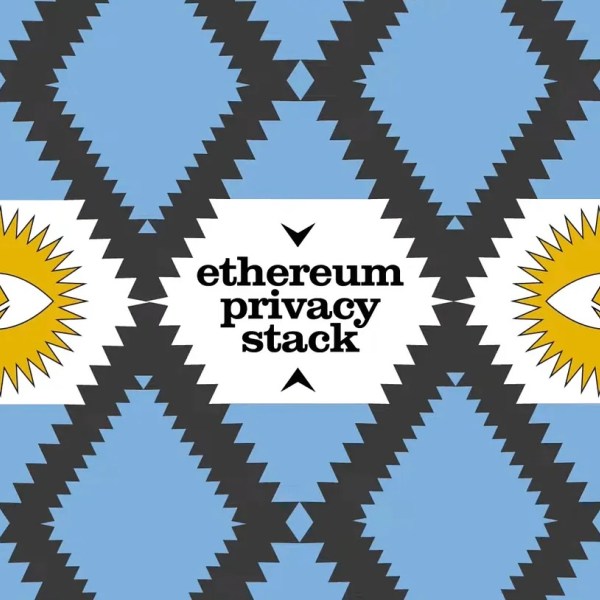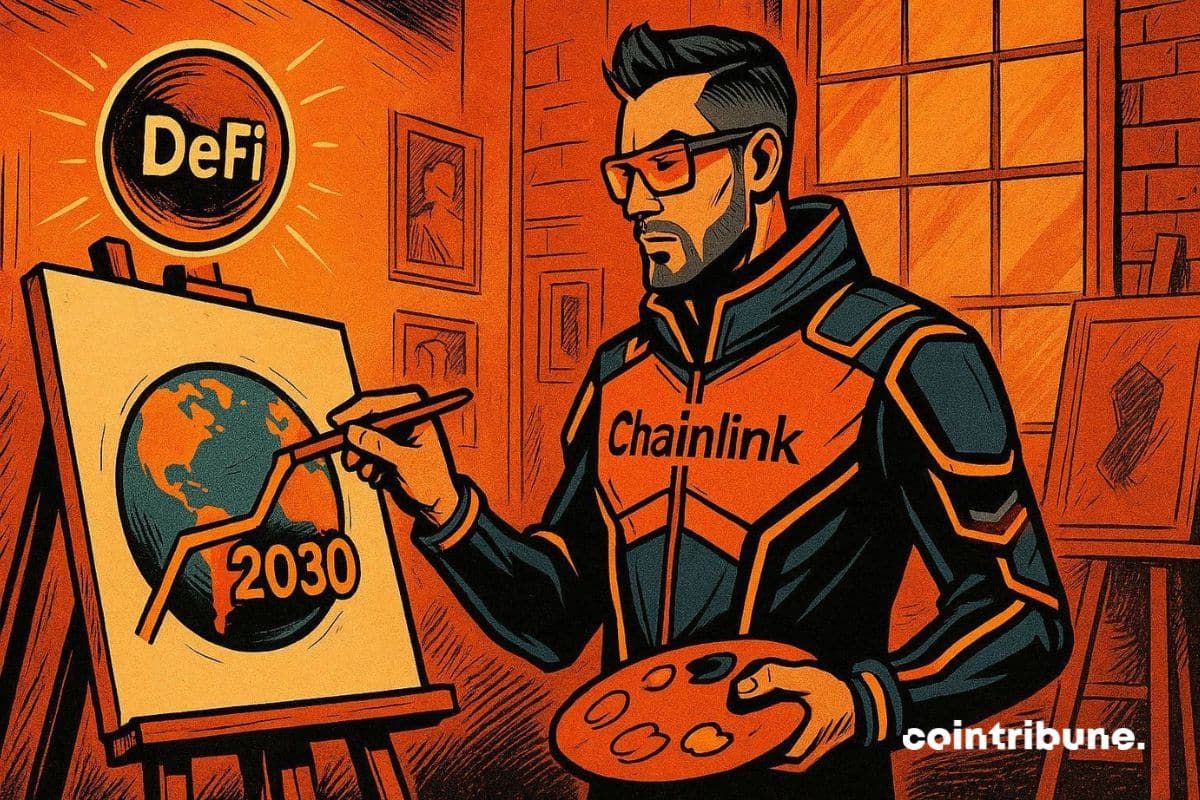These 3 Altcoins Turned the Market Crash Into a Comeback With Massive Buybacks
Following Trump’s abrupt tariff announcement that triggered a sharp crypto downturn, several blockchain projects—including World Liberty Financial, Aster, and Sonic Labs—announced large-scale token buybacks to stabilize their ecosystems.
The crypto market continues to recover from the sharp downturn triggered by US President Donald Trump’s abrupt tariff announcement.
While traders are still processing the impact, several blockchain teams are taking proactive steps to stabilize sentiment and rebuild confidence across digital assets.
WLFI Leads Token Buyback
Over the past 24 hours, World Liberty Financial (WLFI), Aster, and Sonic Labs each announced large-scale token buyback programs. These initiatives aim to ease selling pressure and demonstrate long-term commitment to their ecosystems.
On October 11, WLFI disclosed that it had allocated $10 million to repurchase its native WLFI tokens using the USD1 stablecoin.
While others panic, we stack. 🦅Today we bought $10 million worth of $WLFI — and this won’t be the last time.We know how the game is played.
— WLFI (@worldlibertyfi) October 11, 2025
According to the team, the initiative forms part of a broader resilience plan designed to steady prices as the broader market remains volatile.
Blockchain data shows the buyback was executed using a Time-Weighted Average Price (TWAP) model. The algorithm spreads purchases evenly over time to prevent sudden price swings.
By dividing orders into smaller intervals, WLFI avoided distorting its own market and achieved an average purchase rate closer to fair value.
Notably, the project previously confirmed that all repurchased tokens will be permanently burned. This strategy reduces circulating supply and strengthens price support over time.
Aster and Sonic Follows
On the other hand, Aster, a decentralized exchange backed by Binance founder Changpeng Zhao, followed suit with a 100 million ASTR token buyback.
Unlike WLFI’s open-market strategy, Aster transferred tokens from its treasury wallet but emphasized that the effort reflects its long-term confidence in the project.
 Aster Token Buyback. Source:
BSC Scan
Aster Token Buyback. Source:
BSC Scan
Meanwhile, the timing coincides with the rollout of its Stage 2 Airdrop Checker, which has spurred higher user engagement as Aster continues to challenge perpetuals leader Hyperliquid.
At the same time, Sonic Labs also acted to shield its ecosystem from further declines.
While most networks were struggling to stay online, Sonic operated flawlessly. Zero pending transactions, near-instant finality, and sub-cent fees across every DEX and app.And while others pulled back, we stepped forward by adding $6 million in open-market buying, increasing…
— Sonic (@SonicLabs) October 11, 2025
On October 11, Sonic Chief Executive Mitchell Demeter revealed that the firm purchased 30 million $S tokens—roughly $6 million worth—and added them to its treasury.
Indeed, Demeter argued that holding native assets provides more substantial long-term returns than stablecoins.
“Through it all, the Sonic network performed exactly as designed. Zero pending transactions, hundreds of TPS sustained for hours, near-instant finality, and sub-cent fees. No congestion across DEXs or infrastructure. Pure, consistent performance,” he added.
These buyback programs underscore how blockchain teams use token repurchases and burns to absorb selling pressure and stabilize markets.
As a result, DWF Labs Managing Partner Andrei Grachev said his firm plans to support struggling projects recovering from the recent market downturn. This would include deploying a combination of capital injections, loans, and repurchase programs.
Disclaimer: The content of this article solely reflects the author's opinion and does not represent the platform in any capacity. This article is not intended to serve as a reference for making investment decisions.
You may also like
Ethereum Privacy’s HTTPS Moment: From Defensive Tool to Default Infrastructure
A summary of the "Holistic Reconstruction of Privacy Paradigms" based on dozens of speeches and discussions from the "Ethereum Privacy Stack" event at Devconnect ARG 2025.

Donating 256 ETH, Vitalik Bets on Private Communication: Why Session and SimpleX?
What differentiates these privacy-focused chat tools, and what technological direction is Vitalik betting on this time?

Ethereum Raises Its Gas Limit to 60M for the First Time in 4 Years

